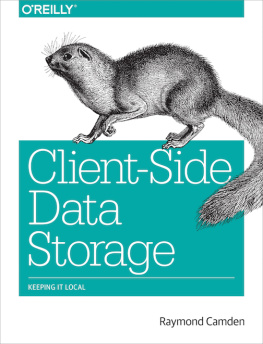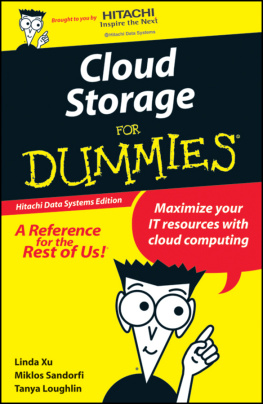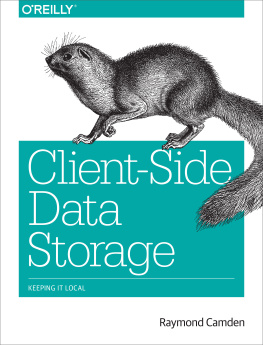Camden - Client-side data storage: keeping it local
Here you can read online Camden - Client-side data storage: keeping it local full text of the book (entire story) in english for free. Download pdf and epub, get meaning, cover and reviews about this ebook. City: Sebastopol;CA, year: 2016, publisher: OReilly Media, genre: Computer. Description of the work, (preface) as well as reviews are available. Best literature library LitArk.com created for fans of good reading and offers a wide selection of genres:
Romance novel
Science fiction
Adventure
Detective
Science
History
Home and family
Prose
Art
Politics
Computer
Non-fiction
Religion
Business
Children
Humor
Choose a favorite category and find really read worthwhile books. Enjoy immersion in the world of imagination, feel the emotions of the characters or learn something new for yourself, make an fascinating discovery.
Client-side data storage: keeping it local: summary, description and annotation
We offer to read an annotation, description, summary or preface (depends on what the author of the book "Client-side data storage: keeping it local" wrote himself). If you haven't found the necessary information about the book — write in the comments, we will try to find it.
One of the most useful features of todays modern browsers is the ability to store data right on the users computer or mobile device. Even as more people move toward the cloud, client-side storage can still save web developers a lot of time and money, if you do it right. This hands-on guide demonstrates several storage APIs in action. Youll learn how and when to use them, their plusses and minuses, and steps for implementing one or more of them in your application.
Ideal for experienced web developers familiar with JavaScript, this book also introduces several open source libraries that make storage APIs easier to work with.
Camden: author's other books
Who wrote Client-side data storage: keeping it local? Find out the surname, the name of the author of the book and a list of all author's works by series.





![Nicholas C. Zakas [Nicholas C. Zakas] - Professional: JavaScript® for Web Developers, Third Edition](/uploads/posts/book/121419/thumbs/nicholas-c-zakas-nicholas-c-zakas.jpg)




